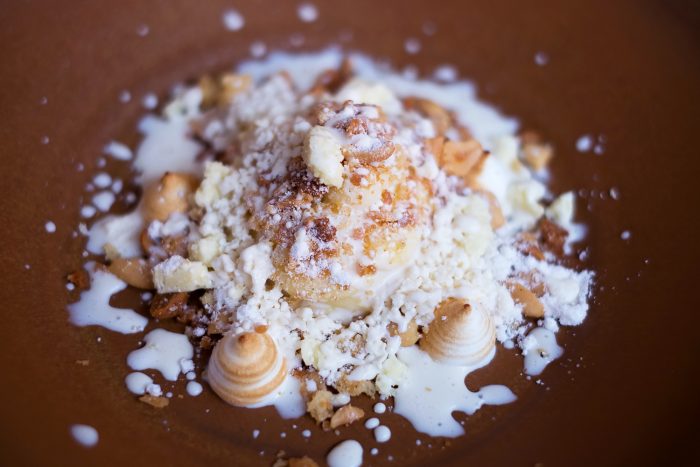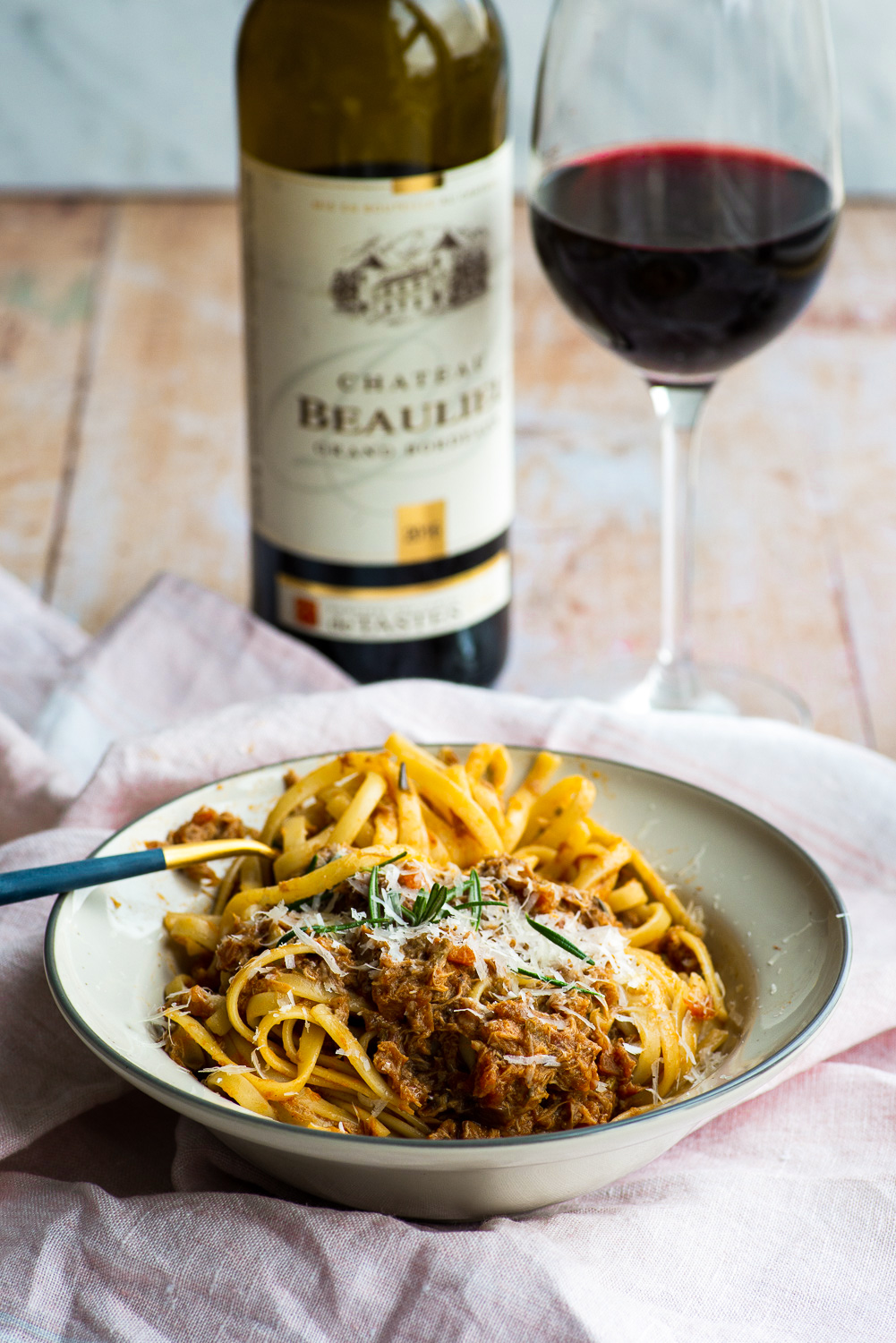Food and wine have an undeniable relationship that elevates both elements to new heights when paired correctly. The complexity of wine, from its acidity to its tannins, creates endless opportunities for combinations that bring out the best in both the dish and the drink. While some pairings are widely recognized, others remain lesser known, yet equally impressive. Understanding the art and science of food and wine pairing allows enthusiasts to enhance their dining experiences, discovering flavours and textures that complement and elevate each other in remarkable ways.

The Science Behind Wine Pairing
Wine pairing is more than just an art; it is a science rooted in the balance of flavours, aromas, and textures. Acidity, sweetness, tannins, and body all play a role in how wine interacts with food. A high-acid wine, for example, can cut through the richness of fatty dishes, creating a pleasant contrast. Meanwhile, tannins in red wine bind with proteins in meat, resulting in a softer, more integrated flavour. Understanding these interactions allows for more thoughtful and successful pairings. By recognizing these fundamental principles, wine lovers can make more informed choices, leading to pairings that enhance both the wine and the dish. This knowledge elevates wine tasting into a richer, more immersive sensory experience.
Classic Pairings That Never Fail
Some combinations have stood the test of time, proving to be reliable choices for those seeking a harmonious dining experience. A crisp Sauvignon Blanc with goat cheese, for instance, highlights the fresh and tangy qualities of the cheese while allowing the wine’s citrus notes to shine. A bold Cabernet Sauvignon or Rioja with a well-marbled steak is another staple pairing, as the wine’s tannins interact with the meat’s fat to enhance its juiciness and depth of flavor. These tried-and-true pairings offer a strong foundation for those looking to explore the world of wine.

Unexpected Pairings Worth Trying
Beyond the traditional, there are unexpected combinations that surprise and delight. A dry Riesling with spicy Thai cuisine, for example, can temper heat while complementing the dish’s vibrant aromatics. A nutty Sherry paired with aged cheese offers an intriguing mix of savoury and umami flavours. Exploring these lesser-known pairings allows wine lovers to discover new dimensions of taste that may not seem obvious at first glance but work remarkably well together. Experimenting with different food and wine combinations can lead to exciting revelations and newfound favorites. Being open to unconventional pairings ensures that wine lovers continue to expand their palate and enjoy dynamic dining experiences.

The Role of Texture in Pairing
While flavor is often the primary focus, texture plays a crucial role in successful wine pairings. A creamy pasta dish, for instance, benefits from the crisp acidity of a Chardonnay aged in stainless steel, which contrasts the richness without overpowering it. Similarly, the effervescence of sparkling wine such as Prosecco can provide a refreshing counterpoint to fried or crispy foods, cleansing the palate and enhancing the overall experience.

Pairing Wine With Desserts
Sweet wines have a natural affinity for desserts, but the key to a great pairing lies in balancing sweetness levels. A wine should always be at least as sweet as the dessert to prevent it from tasting overly tart. A classic choice is Sauternes with a rich crème brûlée, as its honeyed notes mirror the caramelized sugar topping. Meanwhile, a ruby Port complements dark chocolate’s bitterness, bringing out its deep, complex flavors without overwhelming the palate.

Finding the Perfect Wine Online
The convenience of online wine shopping has made it easier than ever to explore new varieties and regions. Many websites offer detailed descriptions, food pairing suggestions, and expert recommendations to guide buyers toward the perfect bottle. Some even provide insight into what makes a wine “mevushal”, a term often encountered when selecting kosher wines. This distinction, referring to a specific heating process, plays a role in how the wine is handled and consumed within certain traditions. Understanding these details can be valuable when selecting a wine for specific occasions or dietary needs.
Experimenting With Personal Preferences
While guidelines and classic pairings provide a helpful starting point, personal taste ultimately dictates what works best. Some may find joy in contrasting flavours, such as pairing a rich, buttery Chardonnay with salty popcorn or a glass of Bordeaux wine paired with an aromatic pasta dish with meat. Others may prefer complementary pairings, like a velvety Merlot with a hearty mushroom risotto. Experimentation is key to discovering unique pairings that align with individual preferences, creating a more personalized and enjoyable wine experience.

Exploring wine pairings is a journey that blends knowledge, curiosity, and sensory enjoyment. Whether sticking to classic combinations or experimenting with unconventional pairings, the goal is to enhance the dining experience and appreciate the intricate relationship between food and wine. With each new pairing, wine lovers expand their palate and deepen their understanding of how flavours interact, making every meal an opportunity for discovery. Ultimately, food and wine pairing is about personal enjoyment and exploration, offering endless possibilities to create memorable dining moments.










